
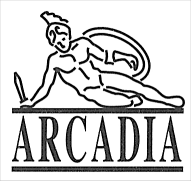
Brewing In Greater Pittsburgh
Not currently in stock
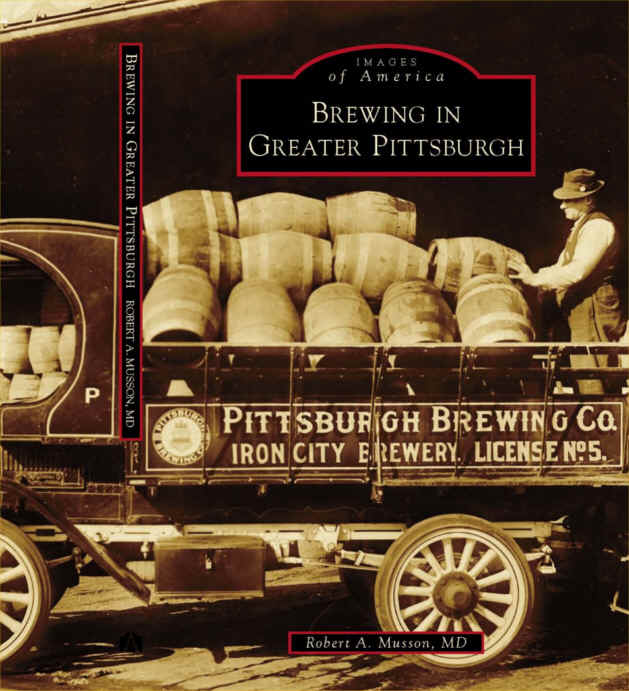
Front Cover
Sample Images
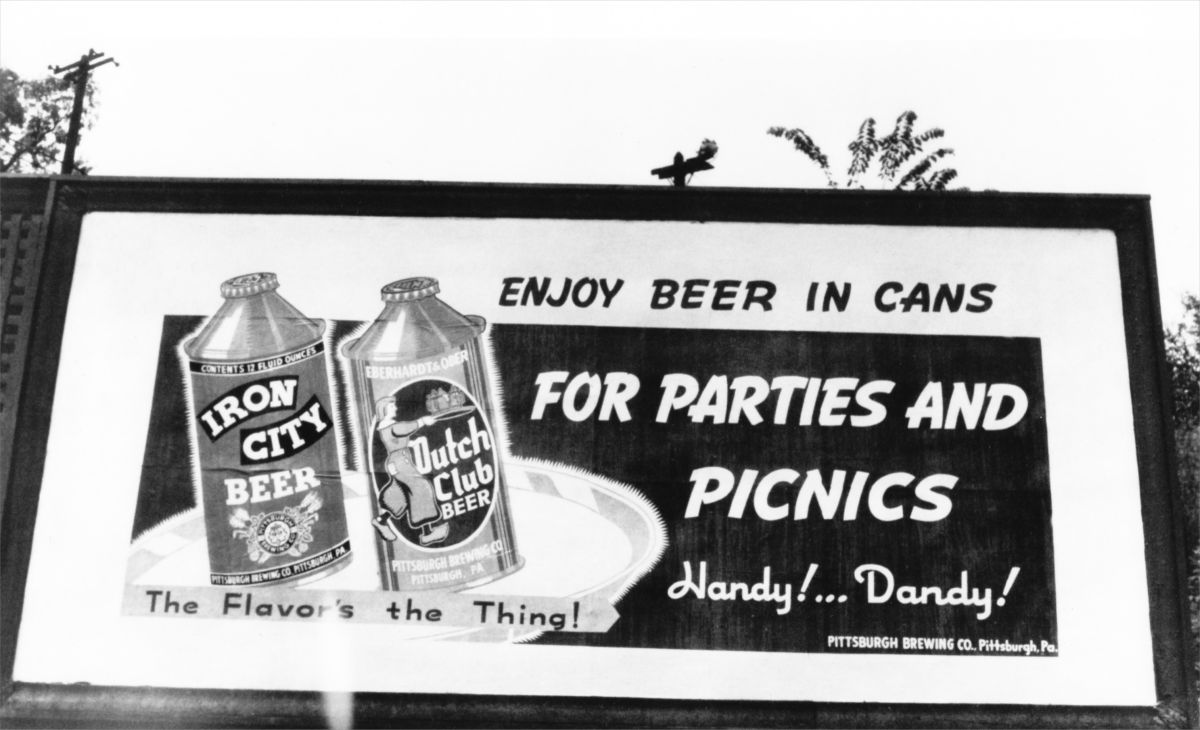
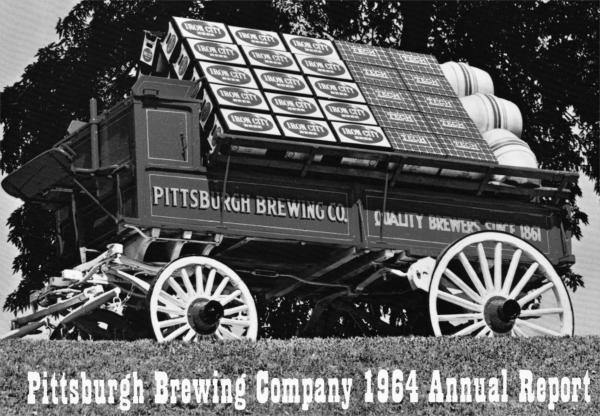
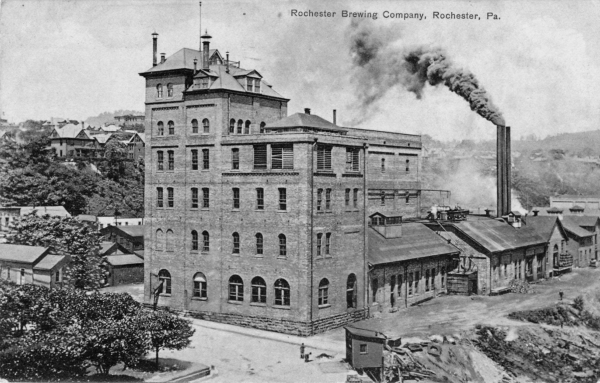
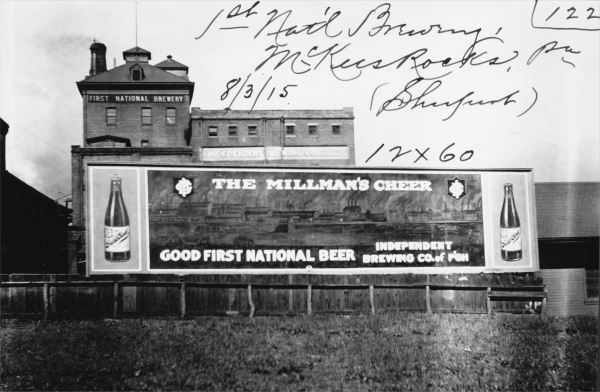
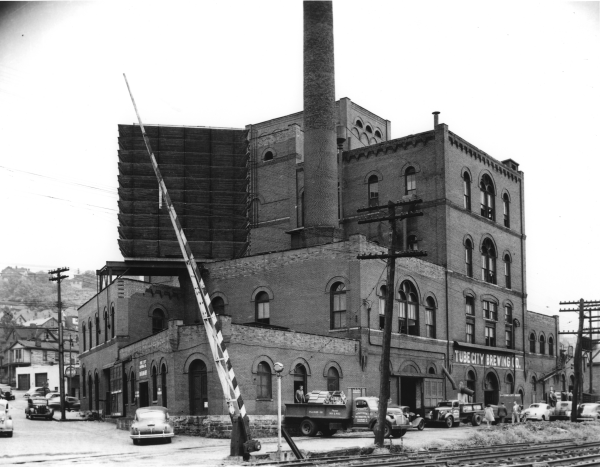
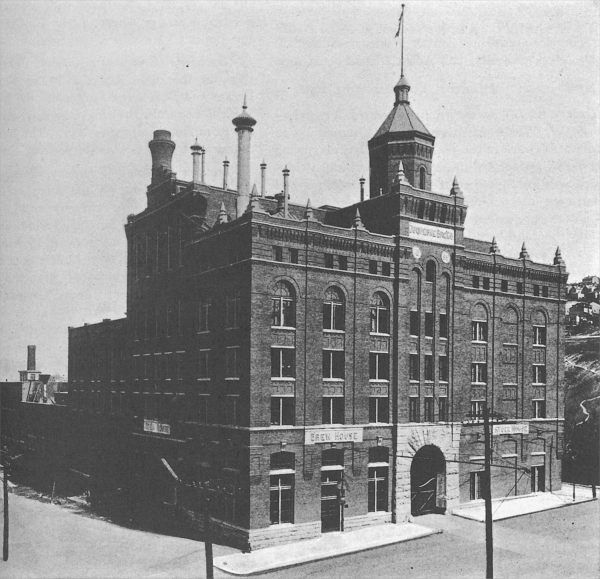
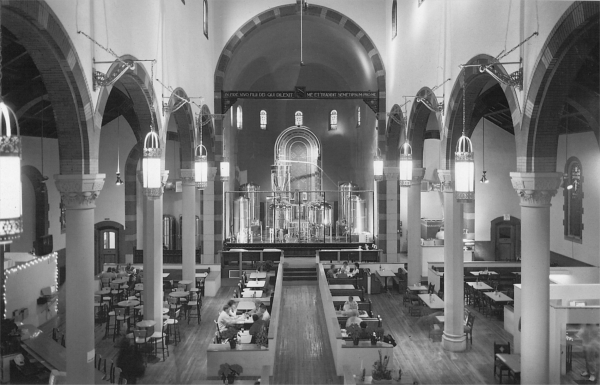
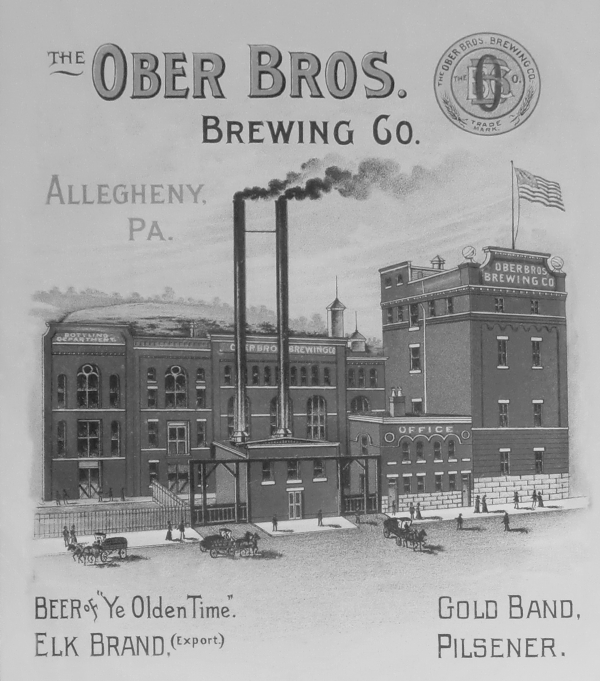
When one thinks of the city of Pittsburgh, the first images that generally come to mind are those of massive industrial mills producing the steel and iron products that the nation used to build automobiles and buildings for many years. Operating those mills were thousands of laborers who would work all day in the hot factories before coming home at night looking for some liquid refreshment. As in many cities around the world, that refreshment would come from the simple golden beverage known as beer. To satisfy that thirst, the production of beer, ale, and porter became a huge industry in its own right in the city and surrounding area from the late 1800s through the 1960s.
Pittsburgh itself was home to more than sixty breweries throughout its history, and while that number is far less than the number of breweries seen in cities such as Philadelphia, Chicago, Cincinnati, and Milwaukee, the Greater Pittsburgh area (comprised of Allegheny County and parts of neighboring Westmoreland, Beaver, Butler, and Washington Counties) was home to an astonishing number of brewers, numbering well over 100 and rivaling nearly any other metropolitan area of the country. Suburban breweries dotted the landscape in this area because of the area’s natural geography, consisting of the Monongahela and Allegheny River Valleys combining to form the Ohio River Valley. Steel mills and various associated industries were at one time plentiful throughout these valleys, even in towns far removed from downtown Pittsburgh. In the pre-Prohibition era, from roughly 1900 to 1920, seemingly every town of any consequence had its own brewery. Prohibition closed the majority of these on a permanent basis, although after its repeal in 1933, some of these plants reopened their doors, such that more than twenty breweries remained in business in Metropolitan Pittsburgh by 1940.
As the region’s steel industry gradually declined from the 1950s through the 1980s, its brewing industry did as well, a victim of corporate mergers, the changing economy, and overwhelming competition from national power brewers such as Anheuser-Busch, Miller, and Coors. Nearly all of the city’s steel mills were gone by the early 1980s, and similarly, only one brewery remained in the city, the Pittsburgh Brewing Company with its venerable Iron City brand of beer. While that company has had many financial ups and downs since that time, it remains in business as of 2012, a testament to its resilience just like the city of Pittsburgh itself.
The scope of this book is to present a pictorial history of the prominent breweries of Pittsburgh and surrounding areas, with a primary focus on the “Big Three,” the Pittsburgh, Duquesne, and Fort Pitt breweries. The Pittsburgh Brewing Company was formed in 1899 from the merger of an amazing 21 separate brewing concerns in the region, making it the largest brewing corporation in the state and the third-largest in the country, with stock worth nearly $20,000,000. The merger involved the following breweries in Pittsburgh: Iron City, Phoenix, Baeuerlein, Eberhardt & Ober, Ober, Keystone, Straub, Wainwright, Winter, Nusser, Lauer, Seiferth, Hippely, and Hauch. In addition the merger included plants in Uniontown, Latrobe, Connellsville, McKeesport, Mount Pleasant, Scottdale, and Jeannette. The Wainwright Brewing Company in the Lawrenceville district first opened in 1818, and while that plant closed with Prohibition, it gives Pittsburgh Brewing an ongoing history of nearly 200 years, topping even that of eastern Pennsylvania’s D. G. Yuengling & Son, known commonly as “America’s Oldest Brewery”.
The Pittsburgh Brewing Company barely survived Prohibition and later returned to its status as the city’s top brewer. Few brands of beer in the United States have maintained a closer identity with their cities as Iron City, helped by its heavy advertising with the highly successful local sports trio of the Steelers, Pirates, and Penguins. Although its century-old plant in Lawrenceville closed in 2009, the brand continues to be brewed in nearby Latrobe and new ownership of the plant has given Pittsburgh residents reason to be optimistic about the future of the brand for the first time in many years.
Following in the footsteps of the Pittsburgh Brewing Company, the Independent Brewing Company formed in February 1905 as a merger of eighteen remaining area brewers, with a greater emphasis on the outlying areas. In Pittsburgh, the company consisted of its flagship Duquesne Brewing Company plant as well as the assets of the unfinished and bankrupt Highland Brewing Company, which was subsequently abandoned. Also joining the merger were the Lutz brewery in Allegheny; American and Hoehl breweries in Millvale; Gambrinus and New Kensington breweries in New Kensington; and breweries in Carnegie, McKees Rocks, Butler, Beaver Falls, Homestead, Charleroi, Monessen, Mount Oliver, Braddock, Latrobe, and Monongahela. The company’s capital stock was more than $13,000,000, and its overall annual capacity was 400,000 barrels. The company survived Prohibition and reverted to the Duquesne Brewing name; by the 1940s it was one of the country’s ten largest brewers, before a long gradual decline led to the company closing its doors in 1972. Nearly forty years later, however, the brand found new life, produced in Latrobe and marketed throughout the region with great success so far.
Fort Pitt was formed as a stock company in suburban Sharpsburg in 1906, where it built a huge modern plant and saw great success in the post-Prohibition era. Brewing at the site continued until 1957, when the company reorganized and became heavily involved in building and selling jukeboxes and a wide range of other electronic devices, renaming itself as the Seeburg Corporation. The Fort Pitt brand of beer lived on for another thirty years however, produced at breweries in Baltimore and later Smithton, PA.
With two centuries of history in the rear-view mirror, the Pittsburgh beer scene has enjoyed a renaissance beginning in 1986 and accelerating through the present time. Numerous brewpubs and microbreweries now dot the landscape around the three rivers, with a wide variety of unique craft brews available to both beer connoisseurs and those that are just looking to down a bottle of suds.
The history is told through pictures of the buildings, people, advertising, labels, cans, and the brewing process itself, and is aimed at local historians, those who enjoy drinking any of the craft-brewed beers from microbreweries and brewpubs that remain in the city, and the thousands of collectors of brewery artifacts, known as breweriana, not just in Pittsburgh but around the country. This is a good book to read while drinking a cold Iron City, Duquesne, or any other beer from Greater Pittsburgh. Cheers!
Produced by Arcadia Publishing and distributed by Zepp Publications, this book explores each of these periods of beer brewing through more than 220 vintage images. Featured are the buildings and equipment, the owners and employees, and the advertisements and delivery vehicles of the Pittsburgh area's local breweries. Brewing in Greater Pittsburgh offers the reader a unique look into the making of America's (and Pittsburgh's) favorite beverage.
The book is 128 pages, soft bound, published 2012.
Copies are available via Amazon.com here
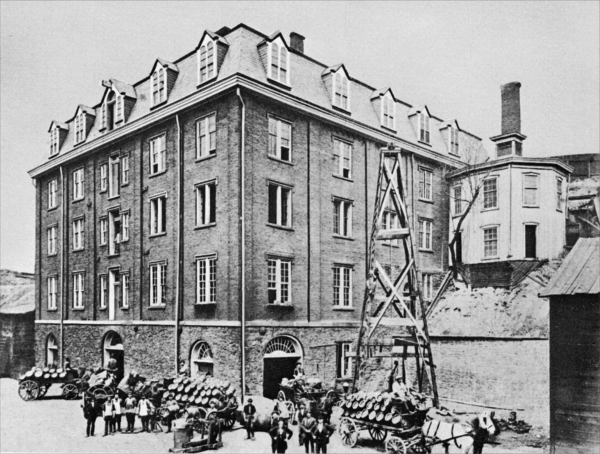
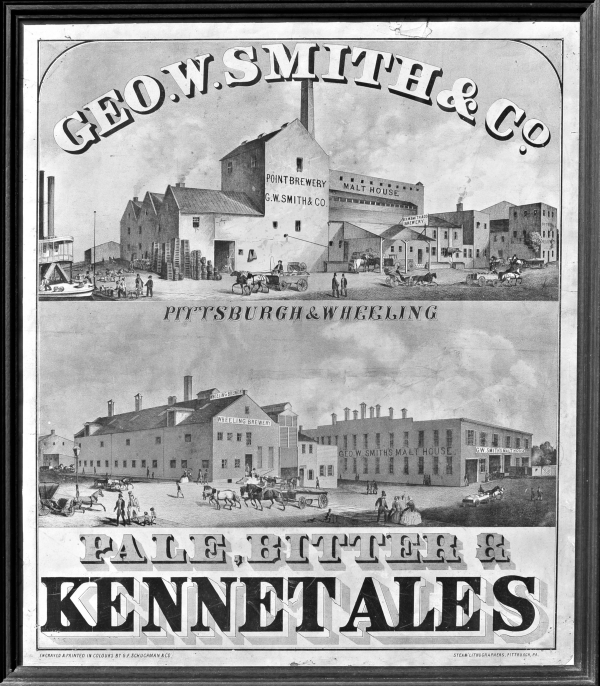
Other Sites of Interest
Brewery Collectibles Club of America
American Breweriana Association
National Association Breweriana Advertising
East Coast Breweriana Association